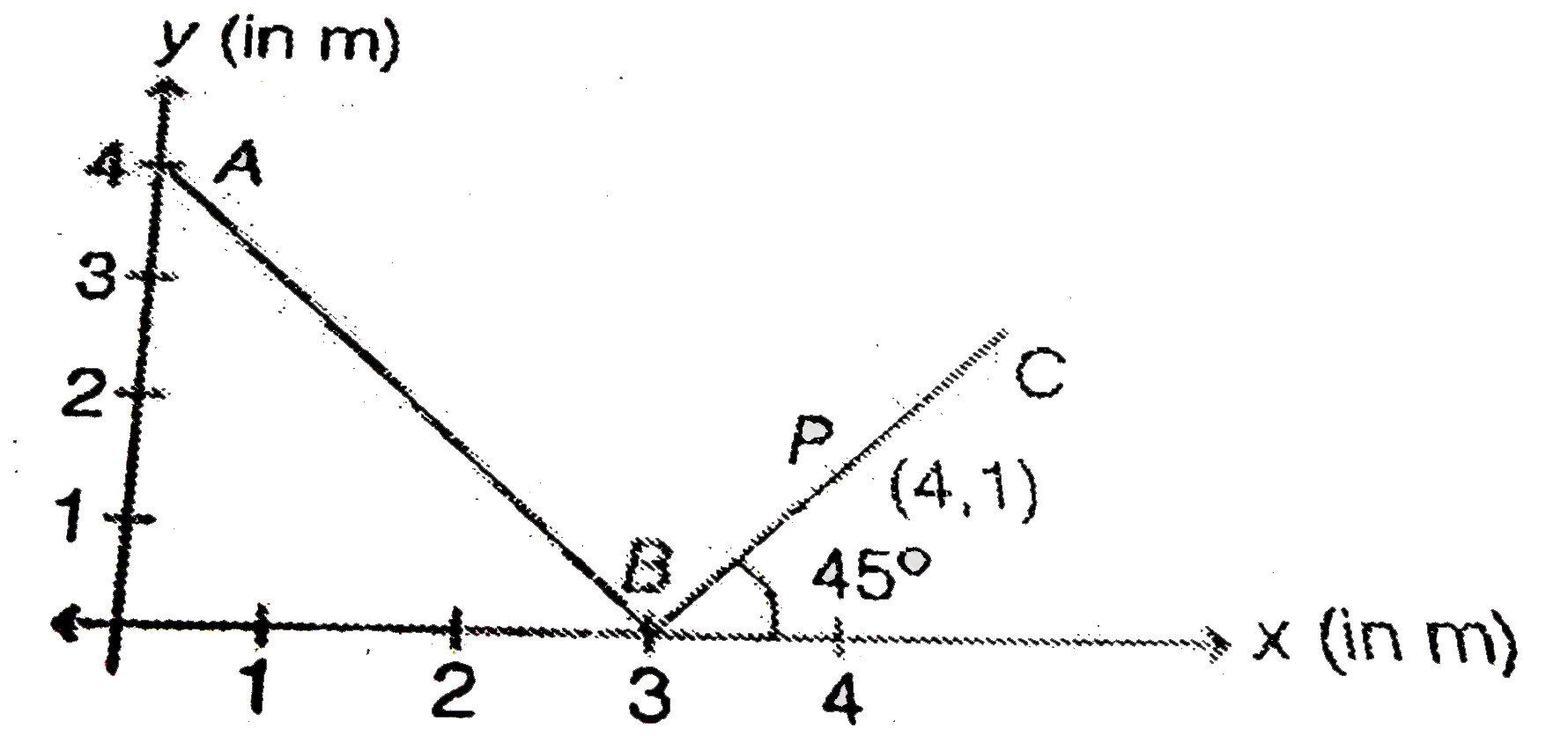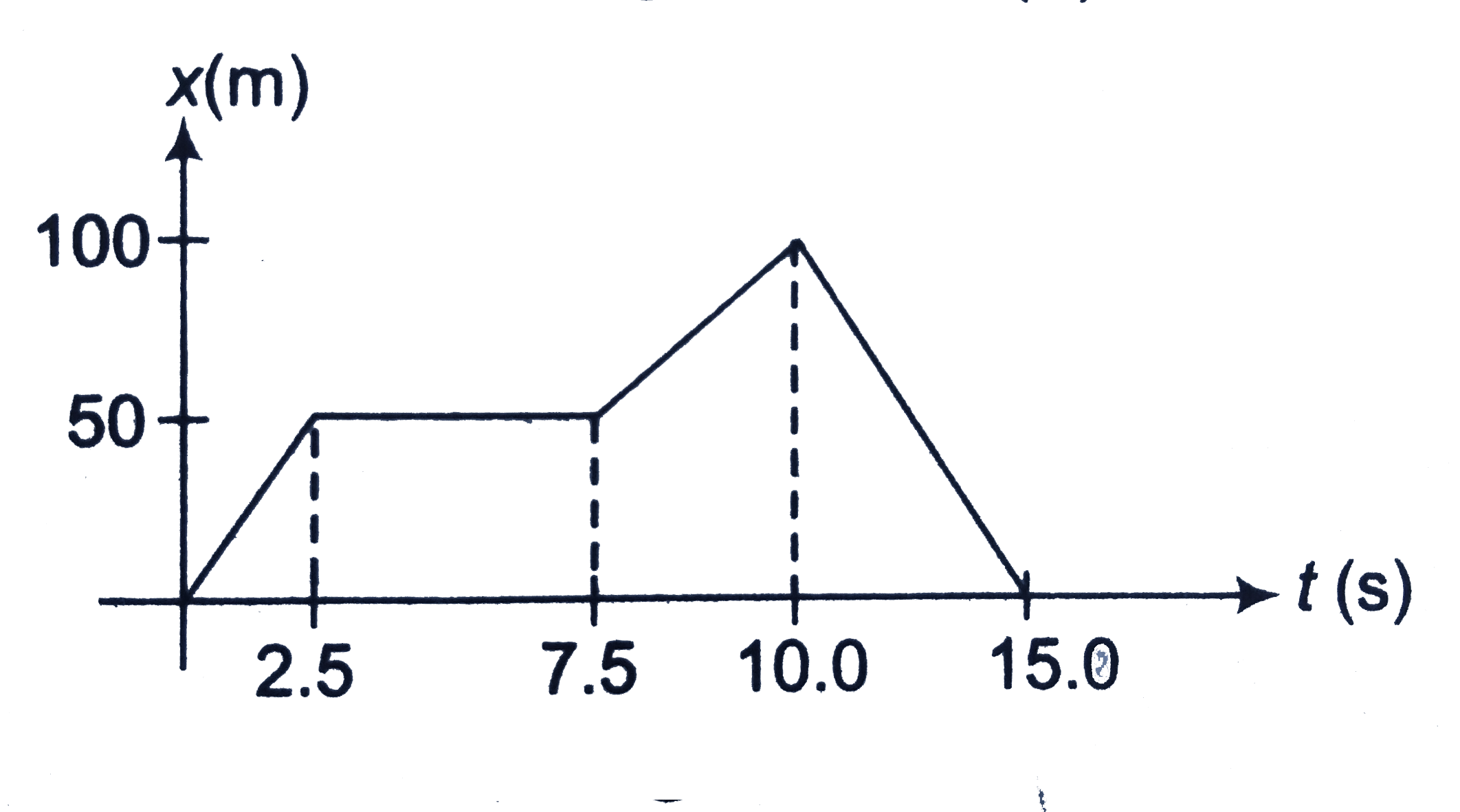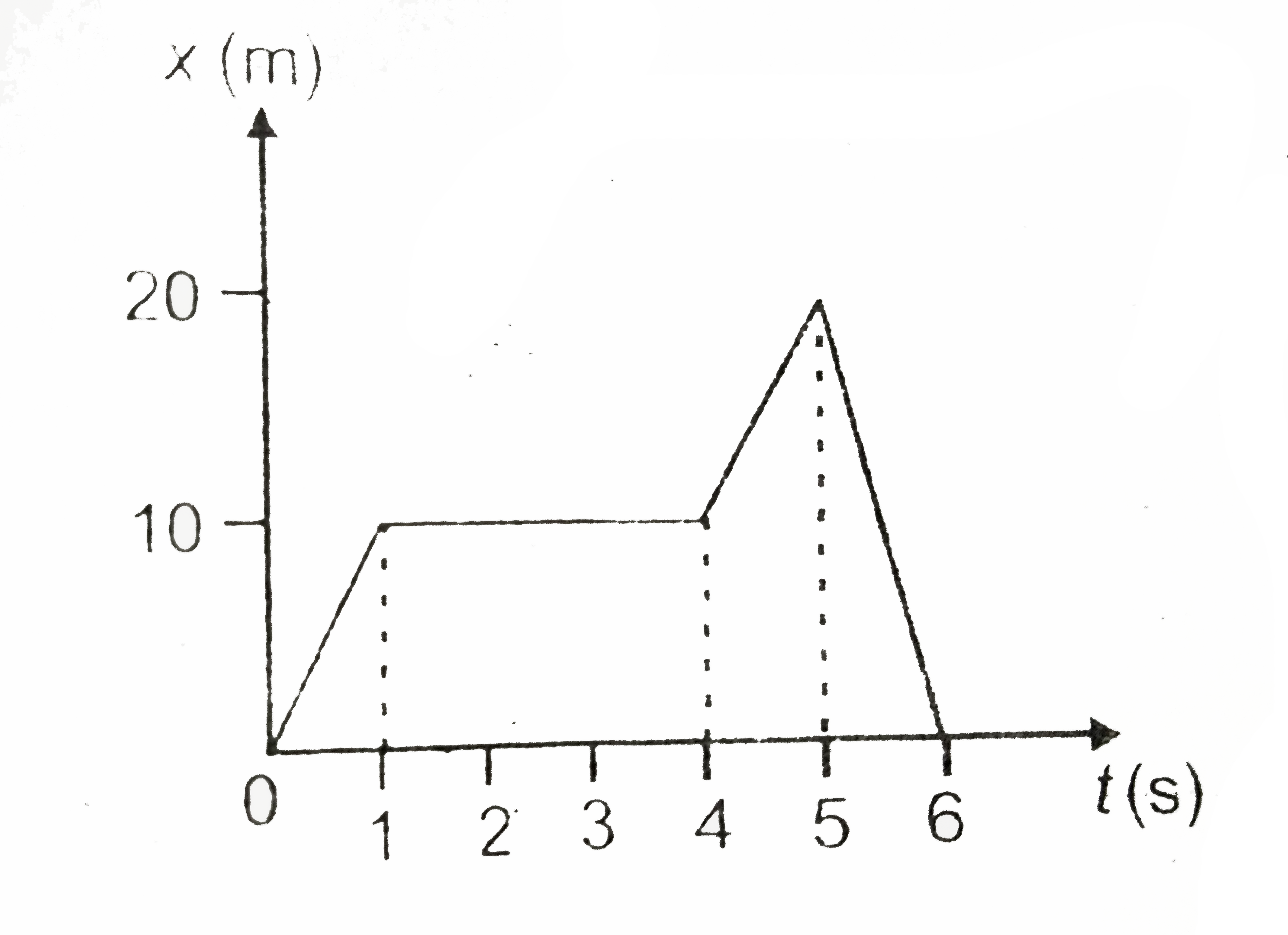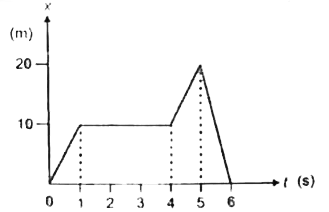How is average velocity different from instantaneous velocity ?
To understand the difference between average velocity and instantaneous velocity, let's break it down step by step.
Step 1: Definition of Average Velocity
Average velocity is defined as the total displacement divided by the total time taken. Mathematically, it can be expressed as:
vaverage=ΔxΔt
where Δx is the total displacement (final position minus initial position) and Δt is the total time interval (final time minus initial time).
Step 2: Characteristics of Average Velocity
- Average velocity considers the overall change in position from the starting point to the ending point.
- It does not depend on the path taken between these two points; it only relies on the initial and final positions.
- Average velocity can be positive, negative, or zero, depending on the direction of the displacement.
Step 3: Definition of Instantaneous Velocity
Instantaneous velocity, on the other hand, is the velocity of an object at a specific instant in time. It is defined as the limit of the average velocity as the time interval approaches zero:
vinstantaneous=limΔt→0ΔxΔt
This can also be expressed in differential form as:
vinstantaneous=dxdt
where dx is an infinitesimally small change in position and dt is an infinitesimally small change in time.
Step 4: Characteristics of Instantaneous Velocity
- Instantaneous velocity gives the speed and direction of an object at a particular moment.
- It can vary at different points in time, especially if the object is accelerating or changing direction.
- It is a vector quantity, which means it has both magnitude and direction.
Conclusion
In summary, the key differences between average velocity and instantaneous velocity are:
- Average Velocity: Overall displacement over a time interval; independent of path.
- Instantaneous Velocity: Velocity at a specific moment; can change over time.
Average velocity is defined as the total displacement divided by the total time taken. Mathematically, it can be expressed as:
vaverage=ΔxΔt
where Δx is the total displacement (final position minus initial position) and Δt is the total time interval (final time minus initial time).
- Average velocity considers the overall change in position from the starting point to the ending point.
- It does not depend on the path taken between these two points; it only relies on the initial and final positions.
- Average velocity can be positive, negative, or zero, depending on the direction of the displacement.
Instantaneous velocity, on the other hand, is the velocity of an object at a specific instant in time. It is defined as the limit of the average velocity as the time interval approaches zero:
vinstantaneous=limΔt→0ΔxΔt
This can also be expressed in differential form as:
vinstantaneous=dxdt
where dx is an infinitesimally small change in position and dt is an infinitesimally small change in time.
- Instantaneous velocity gives the speed and direction of an object at a particular moment.
- It can vary at different points in time, especially if the object is accelerating or changing direction.
- It is a vector quantity, which means it has both magnitude and direction.
In summary, the key differences between average velocity and instantaneous velocity are:
- Average Velocity: Overall displacement over a time interval; independent of path.
- Instantaneous Velocity: Velocity at a specific moment; can change over time.
Similar Questions
When a particle moves with constant velocity, its average velocity, its instantaneous velocity and its speed are all equal. Comment on this statement.
View SolutionWhen a particle moves with constant velocity its average velocity, its instantaneous velocity and its speed all are equal. Is this statement true or false ?
View SolutionAssertion: When a particle moves with constant velocity its average velocity, its insttantaneous velocity and its speed are all equal in magnitude.
Reason: If the average velocity of a particle moving on a straight line is zero in a time interval, then it is possible that the instantaneous velocity is never zero in the internal.View SolutionFigure shows the graph of the x-coordinaste of a particle going along the X-axis as a function of time.Find a. te average velocity during 0 to 10s, b. instantaneous velocity at 2,5,8 and 12s.
 View Solution
View SolutionA particle moves in x−y plane, starting from A along straight line path AB and BC as shown in the graph. When it is at point P angle between diections of its average velocity and instantaneous velocity is [tan37∘=3/4]
 View Solution
View SolutionA particle is moving with a constant speed in a circular path. Find the ratio of average velocity to its instantaneous velocity when the particle rotates an angle θ=(π2) .
View SolutionFig. shows the graph of the x-coordinate of a particle going along the x-axis as a function of time. Find (a) the average velocity during 0 to 10s, (b) instantaneous velocity at 2, 5, 8 and 12s.
 View Solution
View SolutionFigure shows the graph of x-coordinate of a particle moving along x-axis as a function of time. Average velocity during t = 0 to 4 s and instantaneous velocity at t = 4.113 s respectively will be
 View Solution
View SolutionFigure shows the graph of x - coordinate of a particle moving along x - axis as a function of time. Average velocity during t = 0 to 6 s and instantaneous velocity at t = 3 s respectively, will be
 View Solution
View SolutionWhat is the difference between average velocity and instantaneous velocity?
View Solution

